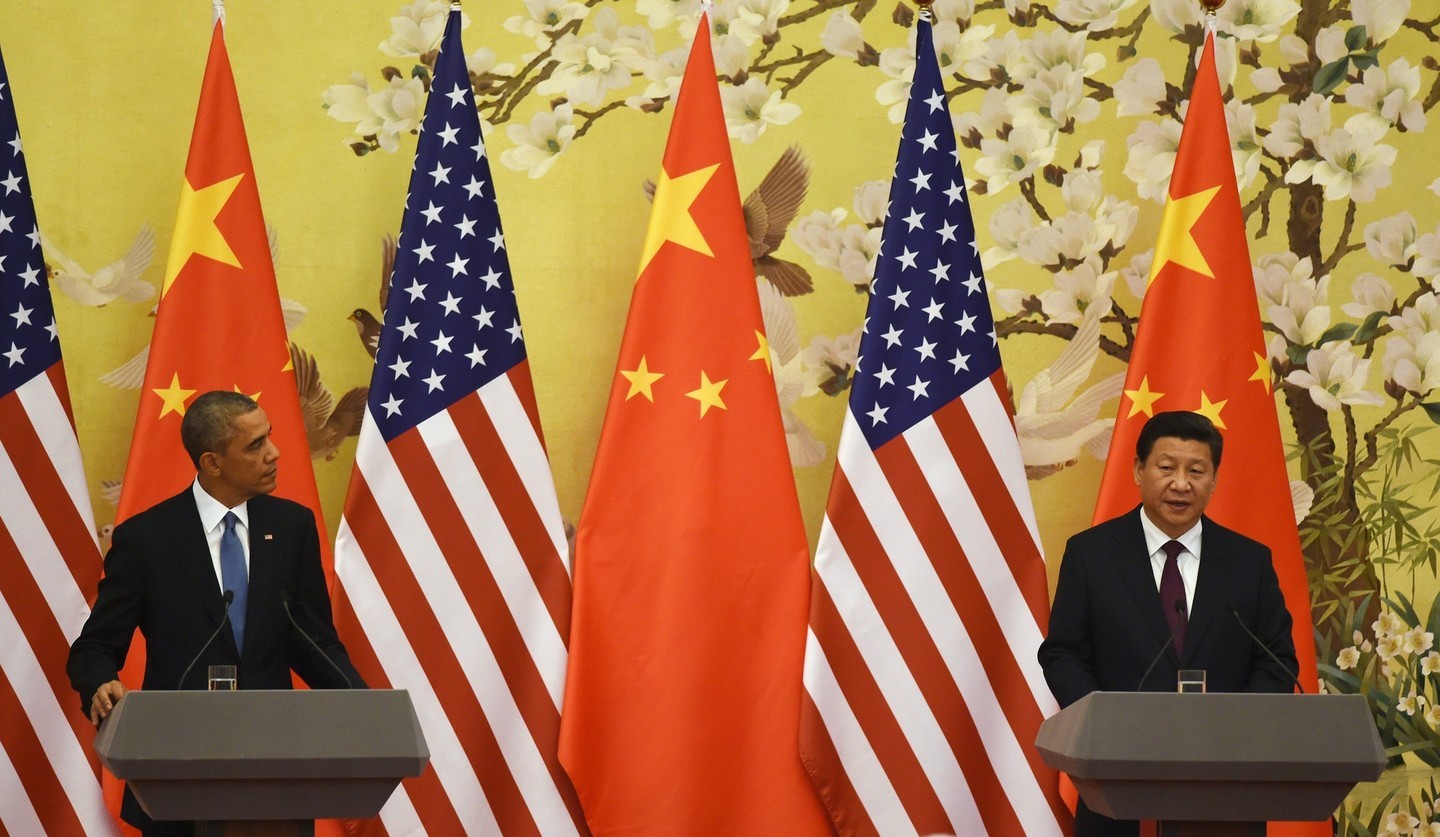
The world woke up to excited buzz Wednesday announcing a tentative emission-cutting deal between the U.S. and China, the world’s worst two polluters that together account for almost half of all greenhouse gas emissions on the planet.
The White House trumpteted the agreement that by 2025 would cut U.S. CO2 emissions by 26 to 28 percent from 2005 levels. For its part, China agreed to cap its growth in emissions by 2030 or earlier, and to increase the share of renewable fuels to 20 percent by 2030. The rest of the world today began wondering how, exactly, the non-binding pact would be realized.
“We are at cross-purposes,” said former U.S. Security Official Jamie Metzl, speaking on KQED’s Forum today. “President Obama and Xi Jinping are today saying that this climate pre-agreement — because nothing has been put down on paper — shows what’s possible when we work together. But at the same time, both countries are very aggressively working to advance their position relative to the other.”
For example, Metzl said, the U.S. is moving forward with the Trans-Pacific Partnership, a trade agreement that doesn’t currently include China. And China is pursuing its own free trade agreements in the region, while building up its military presence.
“It’s scaring the bejesus, if that’s a San Francisco word, out of its neighbors — Japan, others in the South China Sea,” Metzl said. “And the U.S. is having its so-called pivot to Asia, where we’re talking about trade but also increasing our military presence in the region. So there’s a huge amount of competition and potential room for conflict, and there’s this other story of trying to find a means of cooperation. So climate change — this is certainly very positive, but it doesn’t erase the overall framework, which is one that’s quite concerning.”